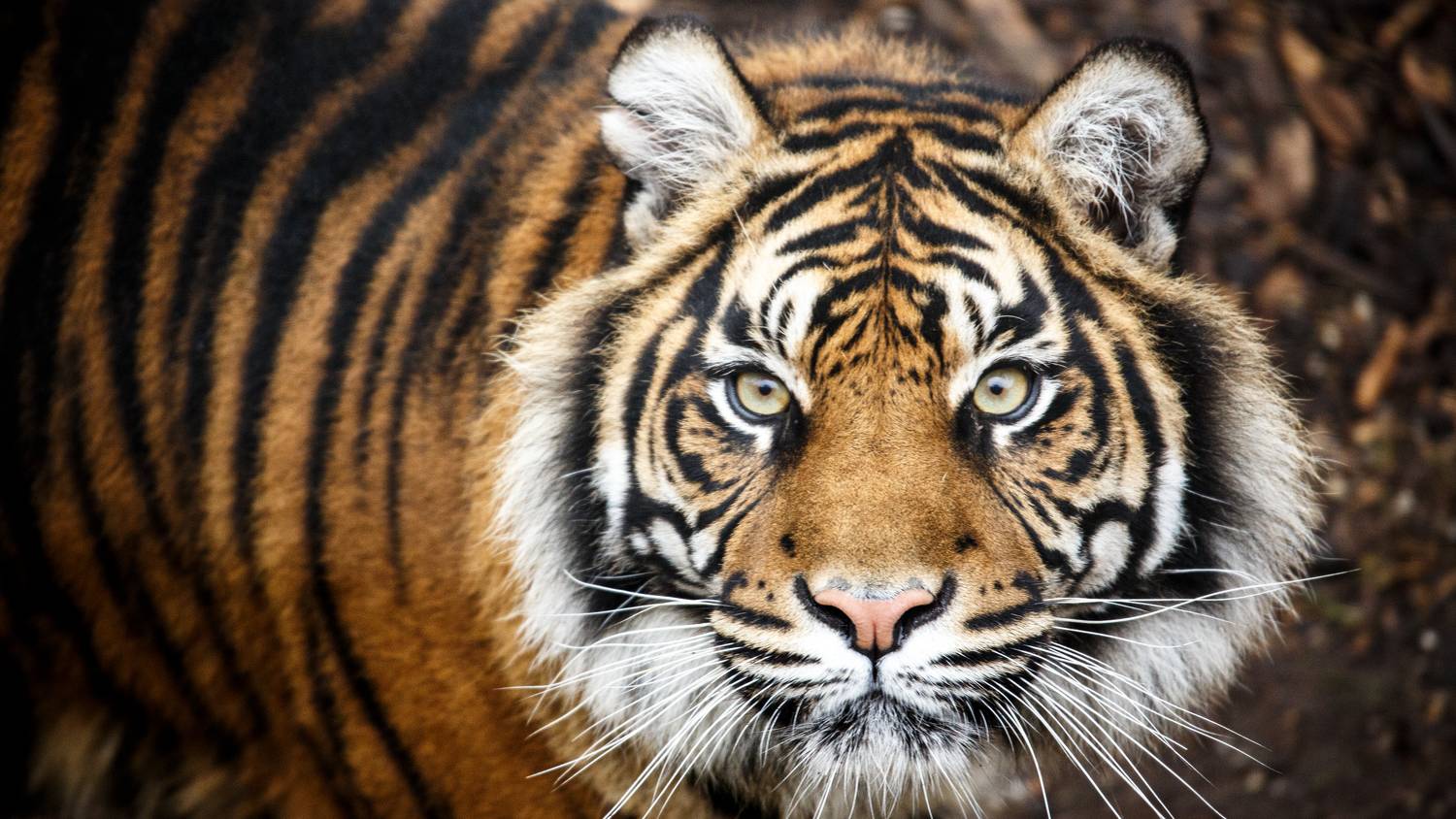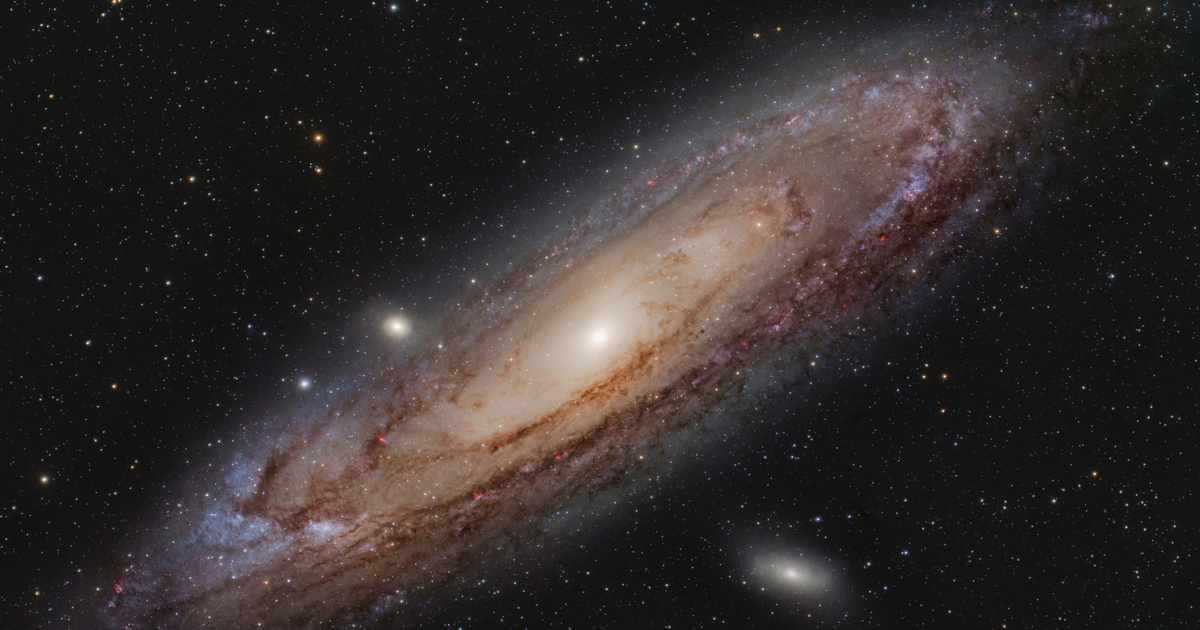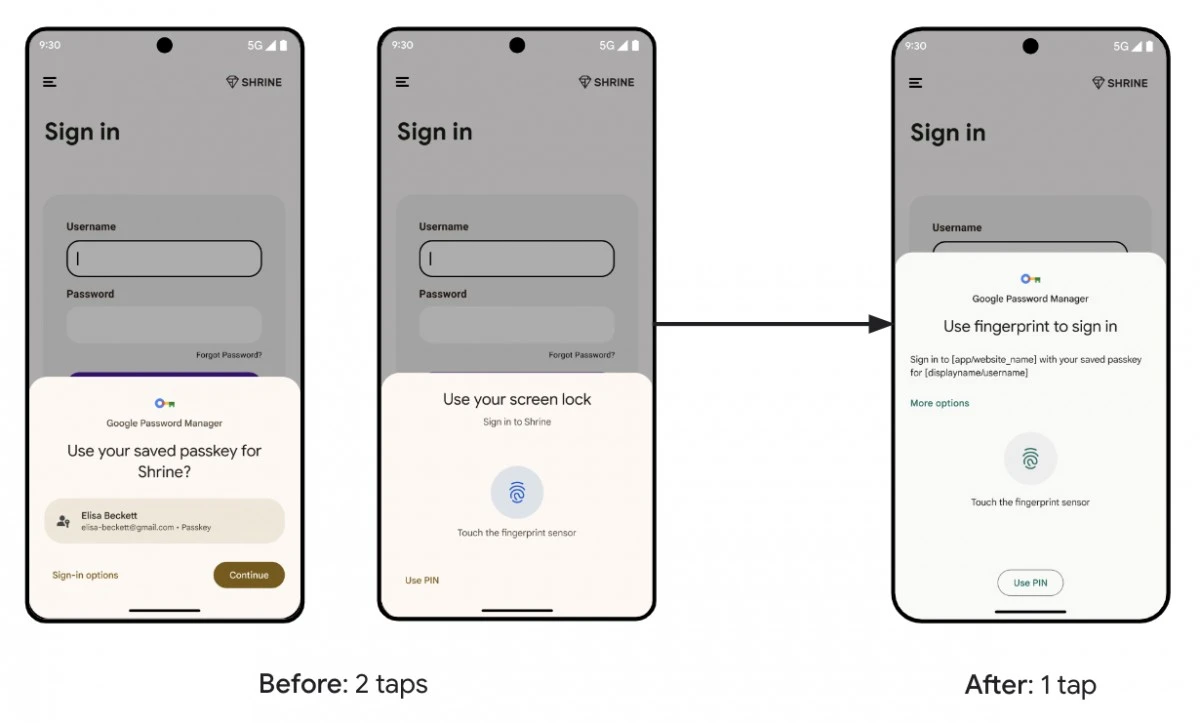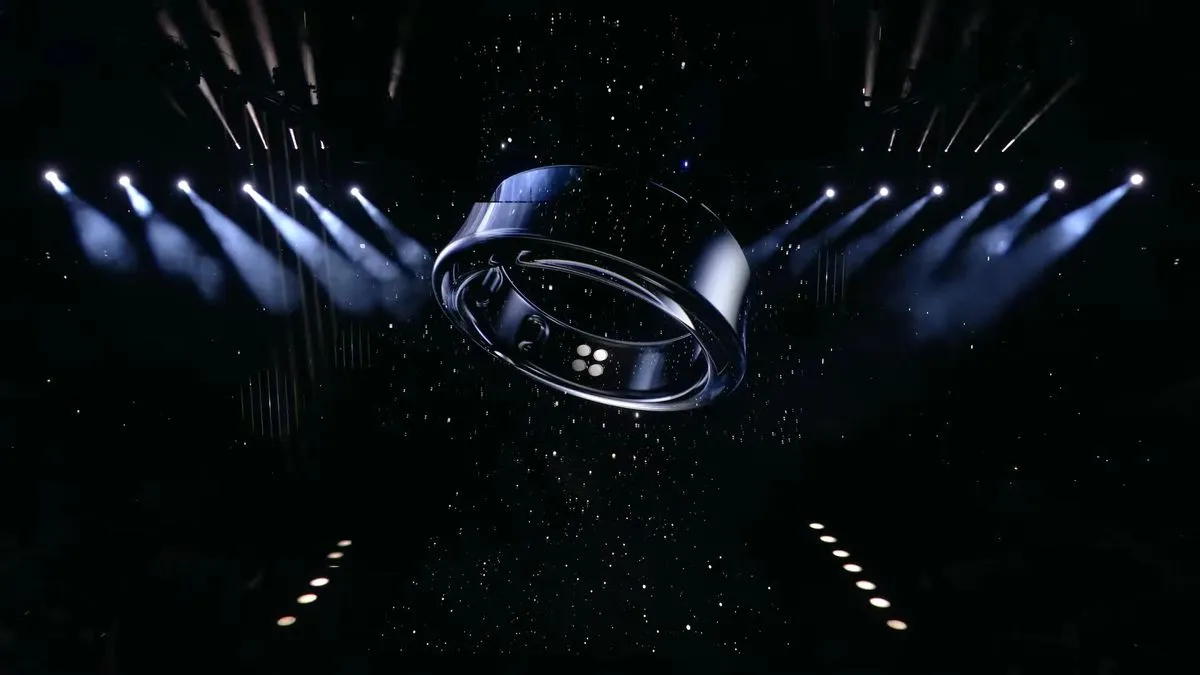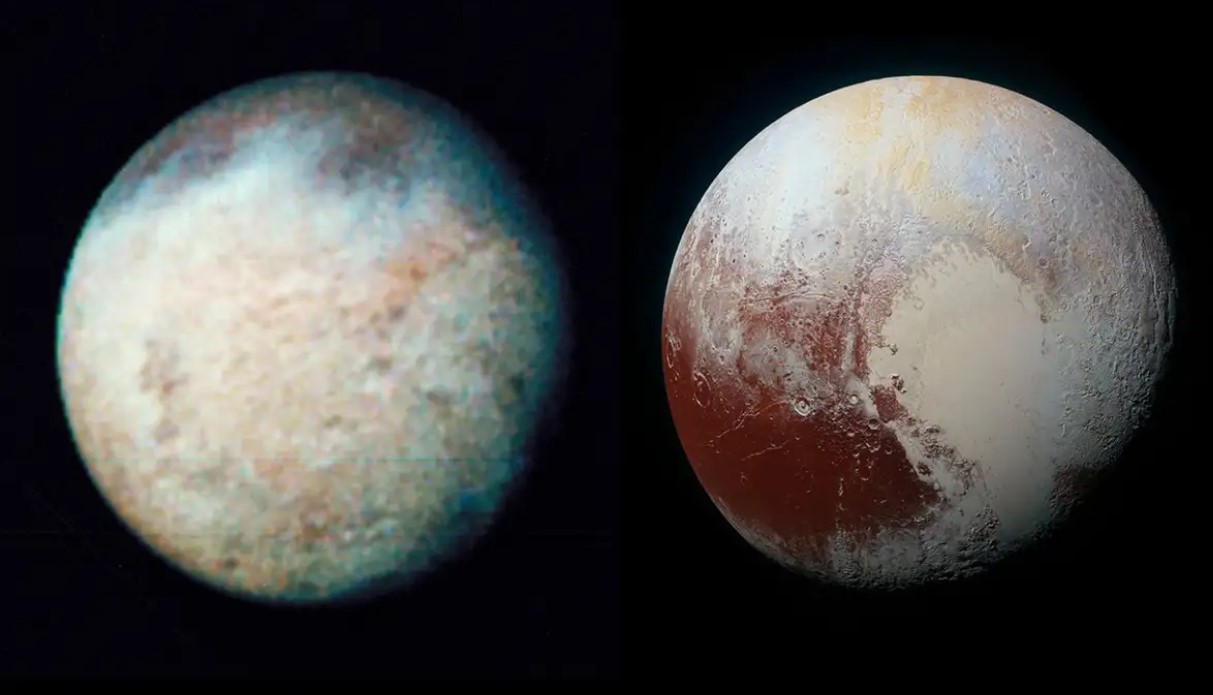Tiny, scalloped chitons have eyes unlike any other in the animal kingdom. The carapace of some sea slugs contains thousands of tiny “pellets,” each with a lens made of a mineral called aragonite.
Although small and primitive, they are supposedly able to see with these senses, and in addition to light, the strange creatures can also distinguish shapes. However, other chiton species have smaller “eye spots” that provide pixelated vision, similar to the compound eyes of insects or locusts. Science Alert In his studies.
According to the paper, which investigated how these different vision systems evolved, a surprising evolutionary change has now been discovered in these rock-dwelling creatures. Their ancestors evolved their eyes in four different stages, giving rise to two very different types of visual systems today.
Thus, the study demonstrated the number of solutions that evolution offers to a specific problem.
We started by knowing that there are two types of eyes, so we did not expect four independent origins. The fact that chitons evolved their eyes four times in two different ways is quite amazing to me
– said evolutionary biologist Rebecca Varney, lead author of the study, from the University of California, Santa Barbara.
To reconstruct the evolutionary story, the researchers compared and analyzed DNA samples taken from specimens preserved at the Santa Barbara Museum of Natural History to piece together an evolutionary tree of ketones.
According to studies, the two visual systems evolved twice, that is, in rapid succession. But strangely, the groups that evolved with a similar visual system were not their closest relatives, but rather their distant ancestors dating back millions of years.
One group actually developed eyes 260 to 200 million years ago, when dinosaurs appeared, and another group developed them during the Jurassic Period, about 200 to 150 million years ago. Eyes then evolved again between 150 and 100 million years ago, during the Cretaceous period, making them the oldest so-called lens eyes.
Finally, eye lenses evolved again in another branch of the chiton evolutionary tree, the Paleogene, 75-25 million years ago.
The study also revealed that the shell plate of chitins has openings through which optic nerves pass. It was also found that species with fewer apertures generally evolved fewer and more complex scalloped eyes.
On the other hand, chitons with larger openings evolved into more and simpler eye pits. How this visual information is fed to the ketogenic brain is the focus of ongoing research.







